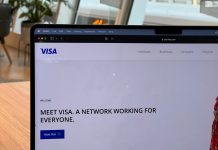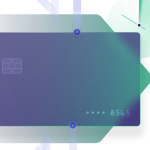In a bid to increase financial inclusion and access to banking services for underbanked communities, Wells Fargo announced a 10-year initiative that will help unbanked individuals in the U.S. Under this initiative, Wells Fargo will be focusing on providing access and lower-cost banking to African American, Hispanic, and Native American demographics, who represent 7 million unbanked households.
This initiative is the banking giant’s response to increased pressure from lawmakers and advocates to bridge the gap between financial inclusion on the banking side. The severity of the issue was especially exacerbated by the COVID-19 pandemic that saw the number of unbanked households increase as a result. Data shared from the FDIC reveals that 13.8% of Black Households, 12.2% of Hispanic Households, and 16.3% of Native American households in the U.S. do not have access to a standard checking account. This is in comparison to only 2.5% of White and 1.7% of Asian American households. It is a startling difference that requires proactive action to resolve.
In order to address this complex issue, Wells Fargo has gathered a team of experts to come up with ideas, products, and educational resources to find a solution that is representative and sufficient. The resulting initiative will tackle three key areas: providing access to financial education, making accessible affordable banking products, and the launch of a National Unbanked Advisory Taskforce. The taskforce has been comprised of a range of representatives that hail from the National Association for the Advancement of Colored People (NAACP), the League of United Latin American Citizens (LULAC), and the National Congress of American Indians (NCAI). The bank will also strengthen its relationship with Black-Owned Minority Depository Institutions, as well further its efforts with fintech partnerships, especially supporting those run by minorities.
Digitization will be an important way to execute this initiative, with the bank proposing to redesign 100 branches in low-to-middle income neighborhoods. Under the redesign, digital access will be improved, one-on-one consultations will be prioritized, and financial health seminars made available. In order to modernize the bank, digitization of products will help Wells Fargo keep up with the user behavior of today’s banking population. Digitization is also key in providing accessibility of affordable banking to the underbanked, as it is the most cost-effective way of providing access to Wells Fargo’s services, as well as to disseminate the financial educational products that the bank is proposing.
In order for banks to keep a forward trajectory in today’s market, providing accessibility as well as digitization of services is crucial for maintaining relevance.
























